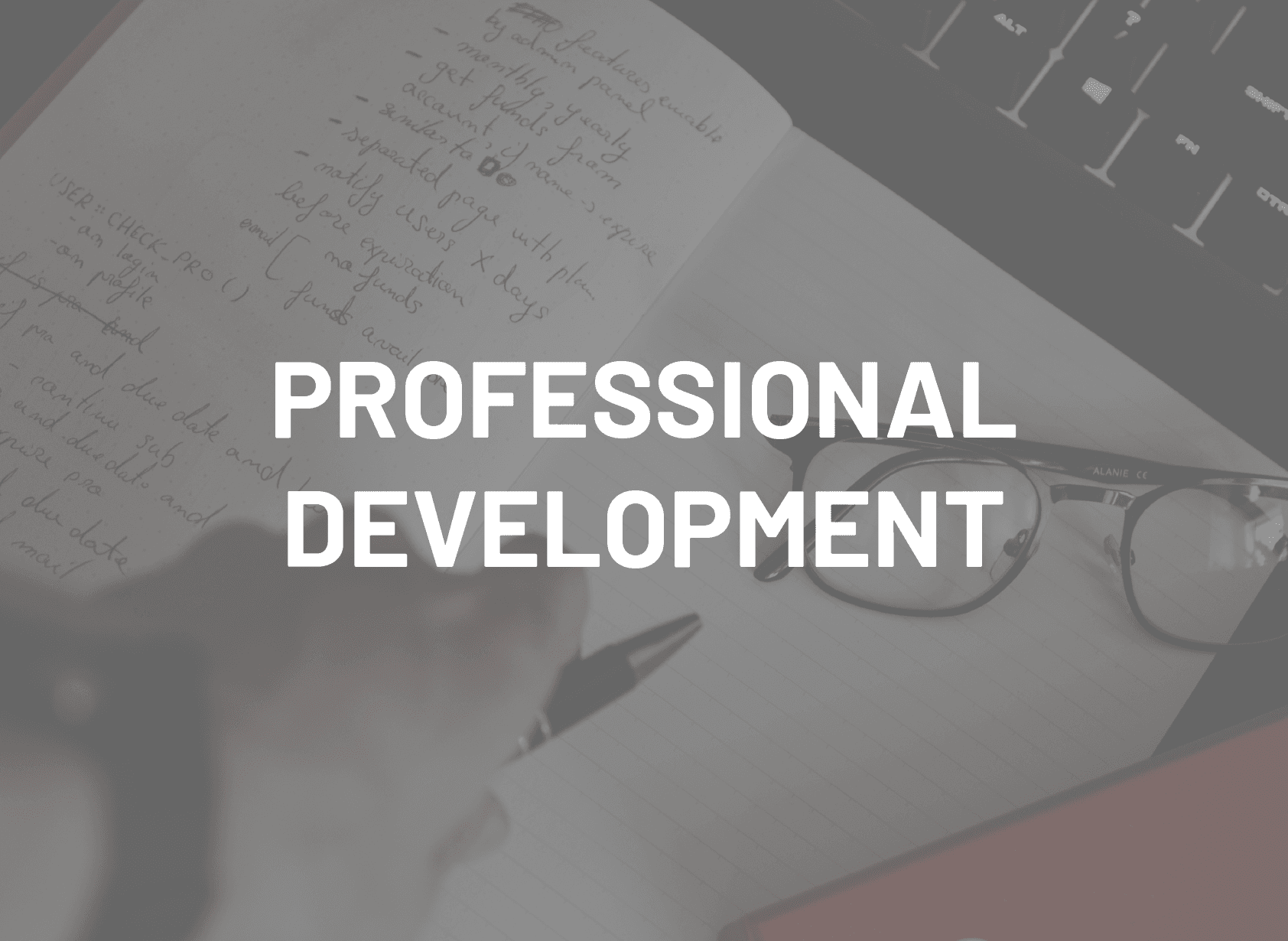
Succession Planning: Don’t Just Plan for Your Future
February 4, 2020
As a greater proportion of the workforce reaches retirement age each year, the importance of succession planning has never been more apparent. Talent management and succession planning ranked #6 on NASPO’s Top Ten priorities for 2020 . Never fear! Pulse is here to help with some tips and tricks for a successful planning process.
Assess and identify employee abilities and potential.
- Identify what skills and characteristics are key success factors for the roles to be filled.
- Assess employees according to those factors.
- Narrow in on potential successors for each position.
Assessment exercises can also identify any skills gaps that exist between the abilities of current team members and the requirements of the positions to be filled. One common method for assessment is the 9 Box Grid.
Plan for success.
Forbes magazine, the Human Capital Institute, and the Society for Human Resource Management (SHRM) agree on several common tips for succession planning:
- Create a plan for every position – It’s not just for executives, you need candidates for each critical role to ensure the continuation of each function of the office or organization.
- Be realistic with expectations – Talk to your team members about interests and ambitions. Don’t assume that everyone wants to be the executive. Make sure the skills gap isn’t too wide. Some positions may require specific credentials.
- Consider lateral as well as linear movements within the organization – Identify team members who are capable and willing to broaden their skills and potentially move laterally into another specialized role. Some people are stimulated by challenging assignments and may be less focused on a linear career track.
- Keep it updated – Once a year or once a quarter, whatever works for your organization. Keep HR and executive leadership in the loop. Discuss any upcoming potential vacancies. Reassess your team members to keep up with skills development, potential, and performance.
Professional development is an essential component.
Just as important as the plan itself is the professional development of the staff expected to carry the organization into the future. Providing development opportunities builds staff loyalty and encourages retention. Educational and technical training courses can help identify talented workers and help team members specialize in an area of expertise. Most importantly, professional development prepares team members to meet the latest challenges and fill the inevitable vacancies as upper-level staff retire or move on. This is how professional development can go beyond just preserving institutional knowledge, to growing and nurturing it.
Consider professional certifications and continuing education.
NASPO’s Procurement U provides trainings, resources, and educational publications specifically tailored to the procurement profession, from introductory level to deep dives into cutting-edge topics. The Universal Public Procurement Certification Council (UPPCC) certifications for state and local government are universally recognized. Certified Professional Public Buyer (CPPB) and Certified Public Procurement Officer (CPPO) credentials are portable, greatly respected, and highly desired by governments. Procurement U offers preparatory courses for the certification exams, and the specialized content courses count as contact hours towards earning the certification.
Follow through.
Much like New Year’s resolutions to diet or save money, a detailed and realistic plan is only successful if it is put into action and executed consistently. Professional development should be a perpetual process, and your succession plan should be revisited and updated regularly.
For a comprehensive look at talent management as part of succession planning, check out this guide from Deloitte.
For an easy-to-use guide and template for succession planning, check out the University of Washington’s Succession Planning Tool Kit.
Succession planning may be hard, but having to recover from an exiting workforce without a plan is harder. Take the time up front to evaluate employees’ strengths and career paths. Look for internal and external professional development opportunities for staff to cross train expertise. Investment now will pay off in the future.
